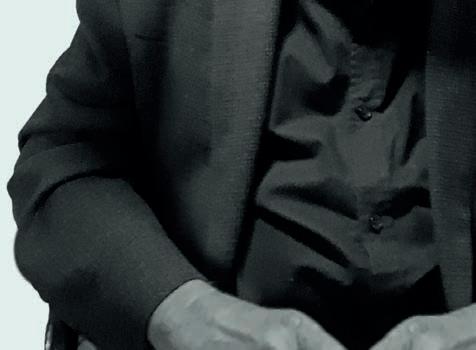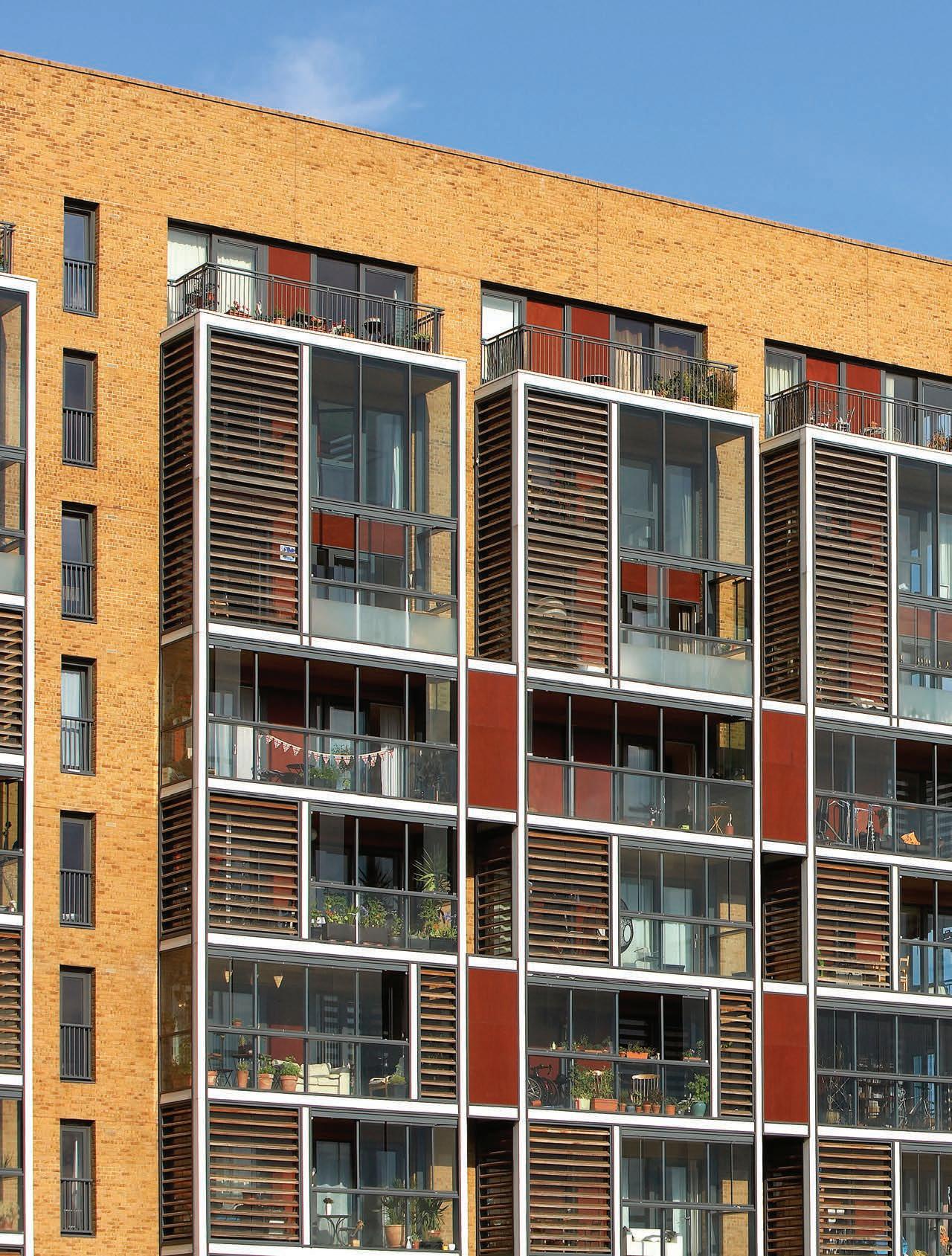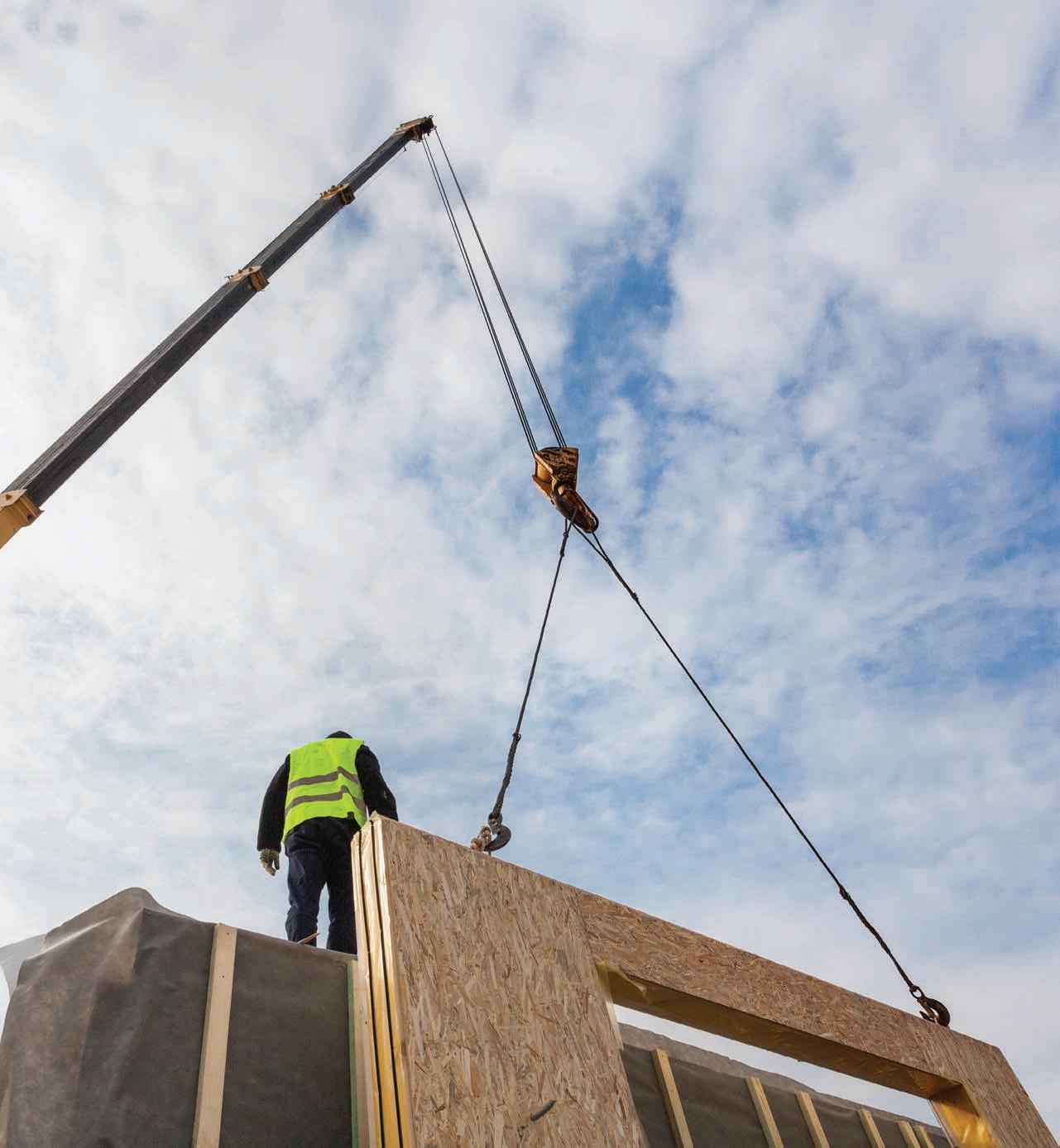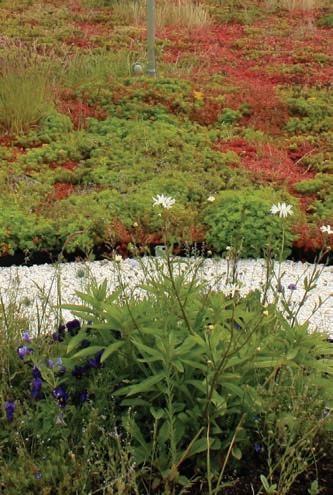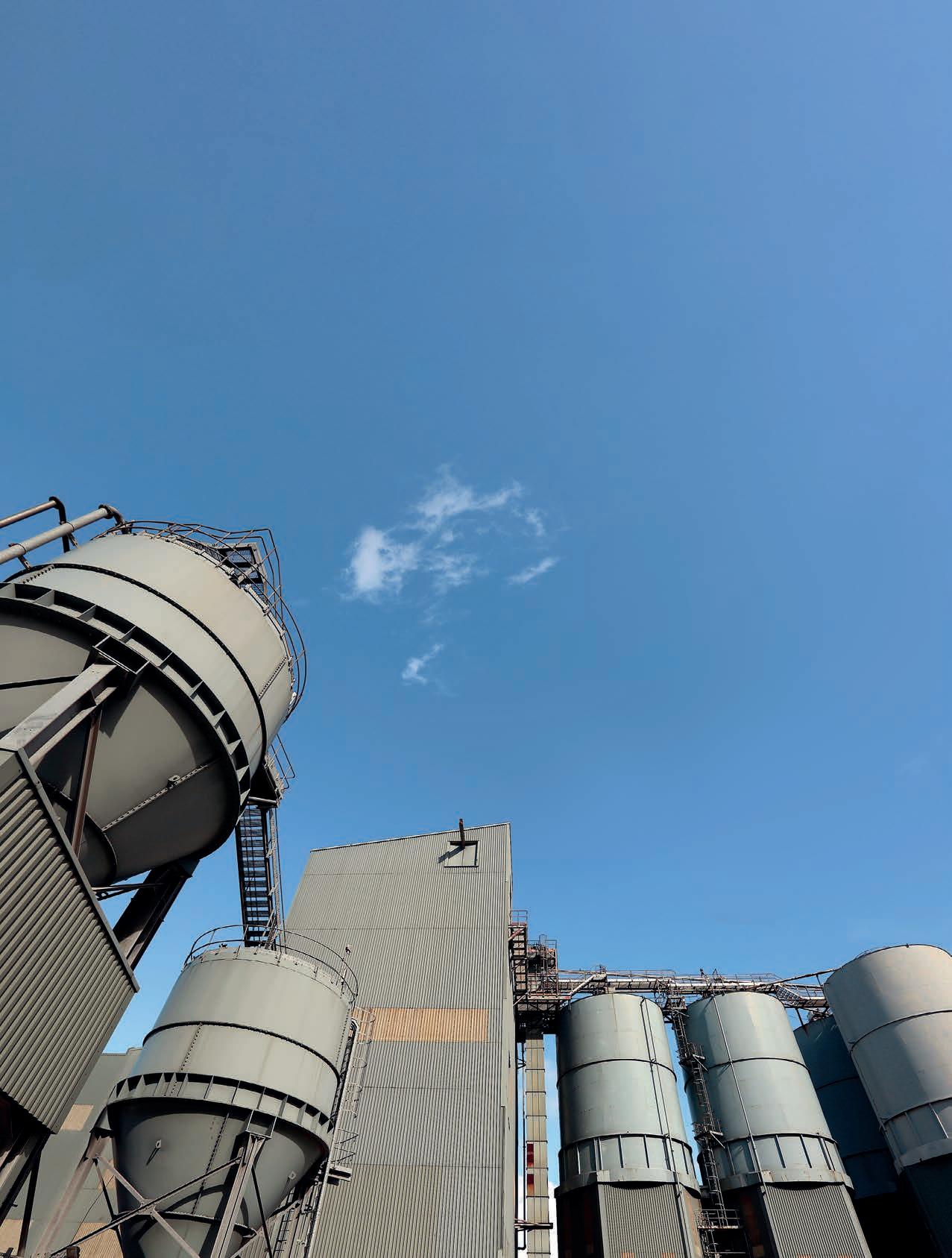
8 minute read
To the lighthouse
Stora Enso’s LightHouse project in Joensuu shines a light on the use of wood to reduce the construction industry’s CO2 emissions I f the building sector is to truly change to meet the decarbonisation goals of the Paris Agreement, both operational and embodied emissions need to be addressed. There must be greater scrutiny of how buildings can be made more sustainable in all stages of their lifecycle – including material choice.
This is the message from the World Green Building Council (WGBC), an international organisation dedicated to promoting the practice of sustainable building. Its report Bringing embodied carbon upfront highlights the importance of emissions from materials, and it advocates for new policies – such as the EU’s Level(s) framework – that seek to make a building’s lifecycle assessment mainstream.
As members of WGBC, Stora Enso is keen to increase the knowledge about sustainable construction and construction materials, and believes that timber off ers a solution.
“We need to change the raw materials we are constructing with,” says Jari Suominen, Head of Stora Enso’s wood products division. “Timber has everything. It has a low-carbon footprint due to the relatively low greenhouse gas emissions in production, it stores carbon throughout its lifetime, our sustainably sourced wood is renewable and at the very end of its lifecycle, and wood products can be safely converted into renewable bioenergy without becoming waste,” he says.
Tall, impressive and sustainable. The 14-storey high building is made almost entirely from wood
Carbon dioxide emissions from construction materials – mostly cement and steel – account for approximately 11% of all global emissions. Stora Enso believes that an increase in the use of low-carbon materials will lead naturally to an increase in the use of wood and timber. Its Lighthouse project in Joensuu, Finland, demonstrates what can be achieved by choosing wood as the main construction material and should give the naysayers pause.
Carbon sequestration and storage
Trees grow by absorbing carbon dioxide from the atmosphere and store it as biogenic carbon. In European forests, the average rate of sequestration and storage is about 750kg of biogenic carbon per single cubic metre of wood. At end-of-life, when ultimately wood products from sustainable managed forests are burned to generate bioenergy, the biogenic carbon will be released as biogenic CO2 and absorbed by a new generation of growing trees. The longer the biogenic carbon is stored, the greater the environmental benefi t as longer storage increases the sink for fossil CO2 emissions.
a net-zero-carbon pioneer because it is a high-rise building made almost entirely from wood.
The construction combines diff erent wooden products, more than 2,000m 3 of wood products to be exact, and both laminated veneer lumber (LVL) and cross-laminated timber (CLT) panels fi tt ed to an LVL and CLT frame were used. CLT and LVL are high-strength solid engineered wood products that are used in structural applications, made up of multiple layers of thin wood assembled with adhesives that ensure a high strength.
Each fl oor took less than two weeks to construct. All fl oors above the ground fl oor (which is made from reinforced concrete) are made from predominantly wood products, from sustainable forests, including: 1,200m 3 of LVL for the walls, 900m 3 of CLT for the fl oors and approximately 100m 3 of other timber products. In total, the wood products used to construct the Lighthouse Joensuu building store more than 1,600 tonnes of CO2 throughout its lifespan. Incredibly, the amount of carbon sequestrated by the timber used in the build equals the annual carbon dioxide emissions of approximately 700 passenger cars.
The lifecycle emissions of the Lighthouse Joensuu, and the carbon stored therein, were studied using the European Commission’s Level(s) reporting framework. In fact, the project was an offi cial EU Level(s) pilot. The Level(s) consist of six indicators, each designed to link the individual building’s impact with the sustainability priorities at European level. These indicators are: greenhouse gas emissions throughout the building’s lifecycle (as used on the Lighthouse Joensuu project), resource effi cient and circular material lifecycles (also used on the Lighthouse Joensuu project), effi cient
Global warming potential kg CO2e/m2/a A1-3 Product stage A4-5 Construction stage B1-7 Use stage C1-4 End-of-life stage A-C Total Additional information kg CO2e/m2/a D Benefi ts and loads beyond the system boundry Biogenic carbon storage 5.52 0.58 22.59 0.74 29.42
use of water resources, healthy and comfortable spaces, adaptation and resilience to climate change, and lifecycle cost and value.
The lifecycle assessment spans 60 years including all main building materials and installations, material transport and construction activities, the use phase and end-of-life scenarios. Carbon emissions are measured in four assessments: 1 Embodied carbon comprises the greenhouse gas emissions associated with materials and construction processes throughout the whole lifecycle of a building or infrastructure. 2 Upfront carbon emissions result from material production and construction phases of the lifecycle before the building or infrastructure is used. 3 Operational carbon emissions are generated by the energy used to operate the building or infrastructure. 4 Biogenic carbon storage refers to carbon removed from the atmosphere and stored as carbon in a wood-based product.
Timber construction brings less obvious carbonemission saving opportunities (upfront carbon emissions). For example, wood products typically have a fi ft h of the weight of conventional construction materials, such as concrete, they require fewer deliveries to site and potentially lower transport-related emissions. The wood elements on the Lighthouse required 50 truck deliveries compared with an estimated 270 deliveries that would have been required if concrete had been used to construct the entire building.
The embodied carbon of the building Level(s) promotes a life-cycle approach that goes beyond use-phase energy effi ciency. The global warming potential indicator covers all greenhouse gas emissions from the building lifespan (material manufacture, construction, maintenance, renovation and deconstruction). The carbon stored in wood is emitt ed back into the atmosphere as carbon dioxide at the end of its useful life, where it can again be absorbed by growing trees. This circular carbon cycle is a key lifecycle diff erence between renewable wood products and non-renewable materials.
For the Lighthouse project, the results showed it had achieved 88% net-zero embodied carbon through extensive wood product use and biogenic carbon storage (see chart on previous page). It shows that the goal of net-zero carbon dioxide emissions during
Richard Harral, Technical Director at CABE:
From a UK perspective The Stora Enso Lighthouse project brings the tensions between sustainability and building safety into sharp focus. For many parts of the UK the use of structural timber in the cladding of a building is now banned for higher-rise developments. There is an ongoing debate as to whether this is entirely proportionate. But sett ing aside the impact of government regulation, it is clear that insurance and mortgage lenders’ risk appetite has shift ed considerably and across a much wider range of buildings.
This suggests that there will be ongoing challenges for the increased uptake of timber in UK construction, although in many cases the need may well be for more robust evidence of performance rather than further product innovation. This will most likely need to extend beyond testing of material performance to more complex testing of performance in use as building systems.
Given the shift in insurance and fi nance markets, the onus would appear
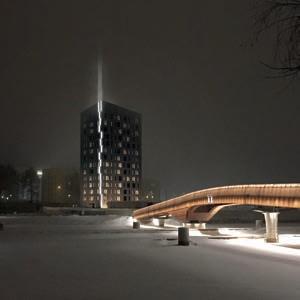
to be on the product systems’ manufacturers to restore confi dence.
For building engineers, the need to balance competing priorities in the design or assessment of buildings is nothing new. There are many areas where diffi cult decisions need to be made to get the best outcome overall. However, the pressing need to reform the construction sector so that it is capable of delivering building work with net-zero carbon emissions will increasingly require the use of materials and systems that are less familiar – and even more so once embodied carbon becomes part of the overall calculation of emissions (as seems likely over the next decade).
This requires engineers, designers and assessors to make more complex judgements. Pressure to innovate will be intense, and it is clear that enabling innovation will continue to be an important part of achieving global climate change reductions. We do, however, need to learn the lessons of the recent past and exercise the precautionary principle – by emphasising caution and taking time to review decisions where the evidence of through life performance is not yet available – to reduce the risk of future systemic building failures.
construction can be reached almost fully when wood is chosen as the construction material.
“Lighthouse Joensuu is a fi ne Finnish example of how massive wood products can be used to build tall, impressive and sustainable buildings,” says Antt o Kauhanen, Stora Enso wood products division’s Business Development Manager, “and anecdotally the fi rst residents that moved in have praised the acoustical conditions in the building and the aff ect it has had on their wellbeing.”

